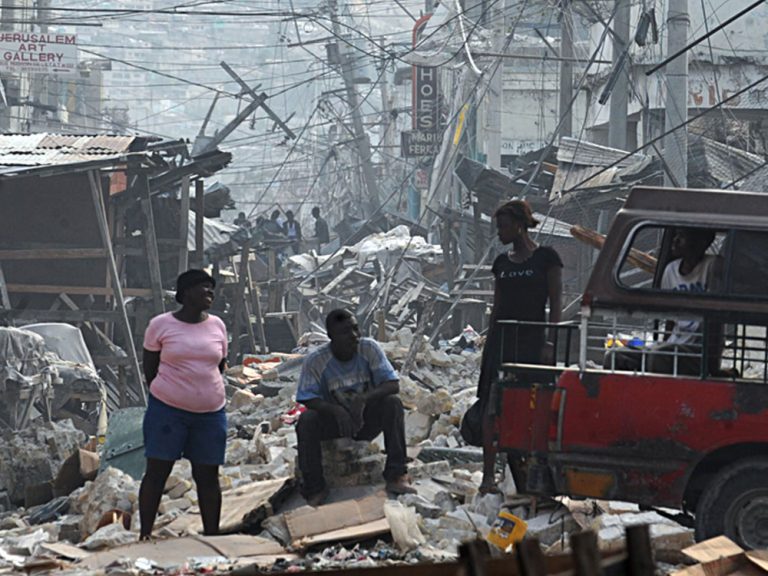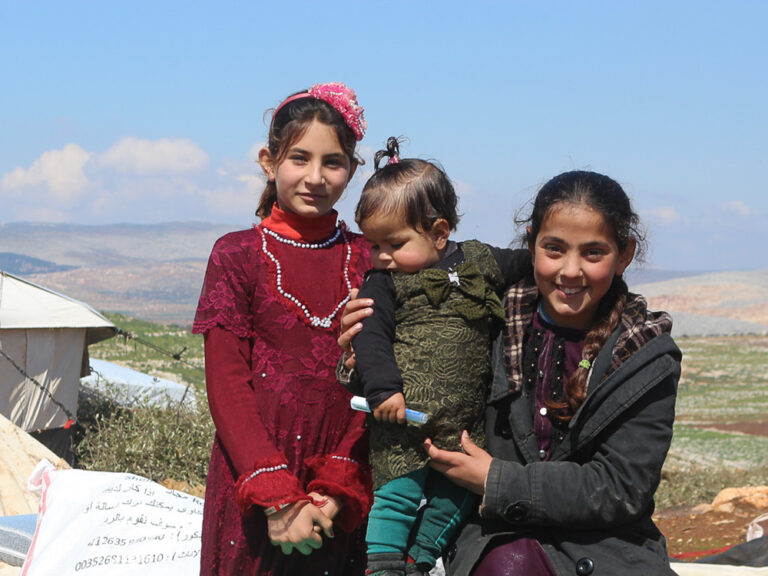Haiti earthquake facts and figures
In 2010, Haiti experienced the most devastating disaster in its history.
It was estimated that over 3 million people were affected by the quake in Haiti – the poorest country in the Western Hemisphere.
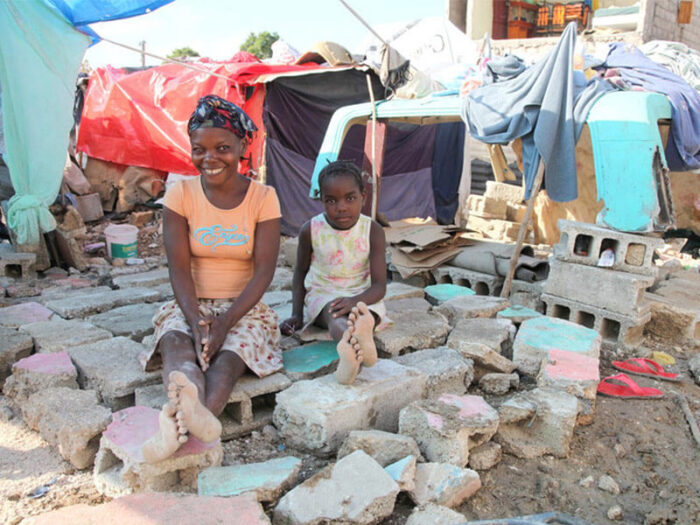

Key facts
What happened?
On 12 January 2010, a powerful earthquake struck some 15 miles south-west of the Haitian capital of Port-au-Prince, bringing chaos and destruction.
The initial shock of 7.0 magnitude was quickly followed by aftershocks of 5.9 and 5.5. Aftershocks continued to batter the area throughout the following weeks.
The devastation was on a scale previously unimaginable – homes were turned to rubble, families were separated, livelihoods were completely destroyed.
Disasters Explained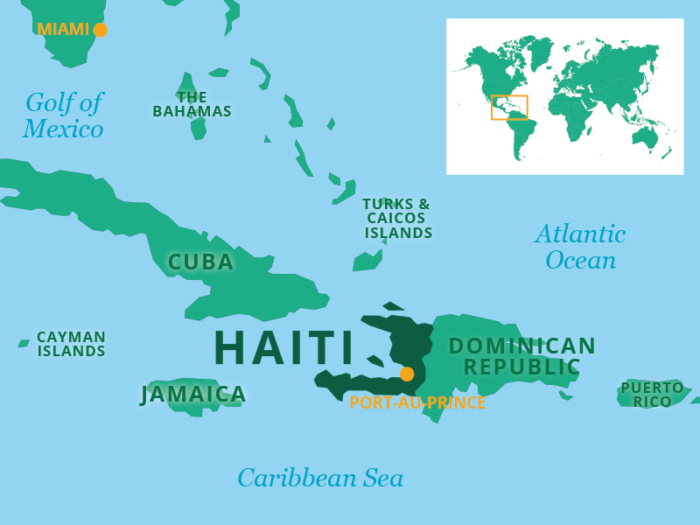
Where is Haiti?
Haiti is located on the western side of Hispaniola, an island in the Caribbean Sea. The rest of the Hispaniola forms the Dominican Republic.
Haiti is one of the world’s poorest countries. 53.7% of its population are deprived in at least three of the UN Human Development Index poverty measures.
The population of the country’s capital, Port-au-Prince, exceeds one million, with a high level of unemployment.
It’s also estimated that around 40% of the overall population is unemployed (source: CNN).
For families who were already in an unimaginable situation, the devastating earthquake was just another blow for their livelihoods.
Who was affected?
The earthquake in Haiti affected millions of people who were already among the most disadvantaged on the planet.
- 250,000 lives were lost.
- 5 million people saw their homes turn to rubble.
- 3,500,000 people were affected. Of these, over one million were left homeless in the immediate aftermath.
- 1.5 million people were forced to live in makeshift camps with the rainy season just weeks away.
- 4,000 schools were damaged or destroyed, and access to clean water and sanitation were severely compromised.
- This led to a serious outbreak of cholera which affected over 6% of the population and caused the further loss of thousands of more lives.
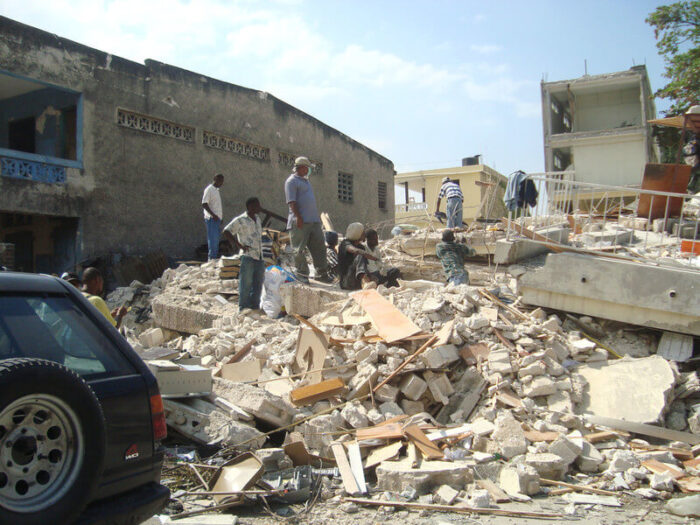
A country in ruins
Why was the earthquake so devastating?
Haiti is no stranger to disasters. Poverty and poor infrastructure make it almost impossible for people to prepare for disasters, making the country extremely vulnerable.
In the aftermath of the 2010 earthquake, there was no access to electricity, roads were completely blocked with debris, and communications were down. This made it extremely difficult for aid organisations to provide urgent support for families who’d been suffering.
To make matters worse, in 2012 Hurricane Sandy hit Haiti, bringing floods and diseases that affected thousands of families. It was followed by three years of severe drought and famine.
Then, in 2016, Hurricane Matthew caused over a thousand deaths and brought about a resurgence of deadly cholera. All this while the country was still trying to rebuild after the devastating 2010 earthquake.
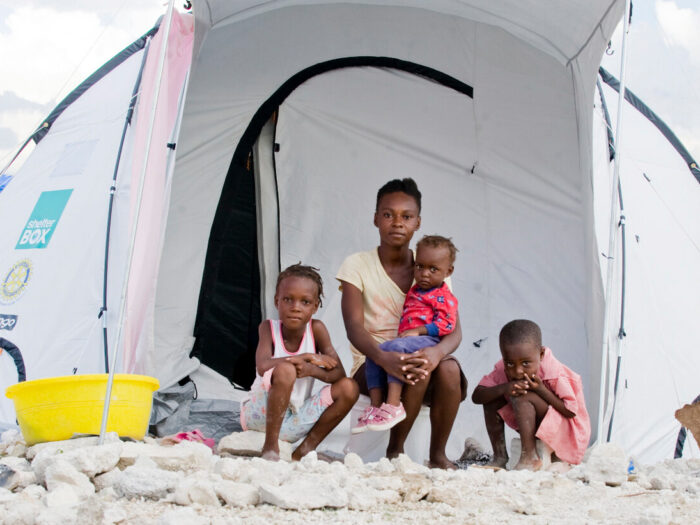
How did ShelterBox support families?
We were working in Haiti eighteen months before the earthquake struck, delivering emergency aid after a series of hurricanes left thousands of families homeless.
Following the devastating earthquake in 2010, over 28,000 families were supported with essential ShelterBox aid. This included tents to provide families with emergency shelter to start recovering, kitchen sets to allow them to cook and eat together again, and mosquito nets to protect against Insect-borne diseases like malaria.

